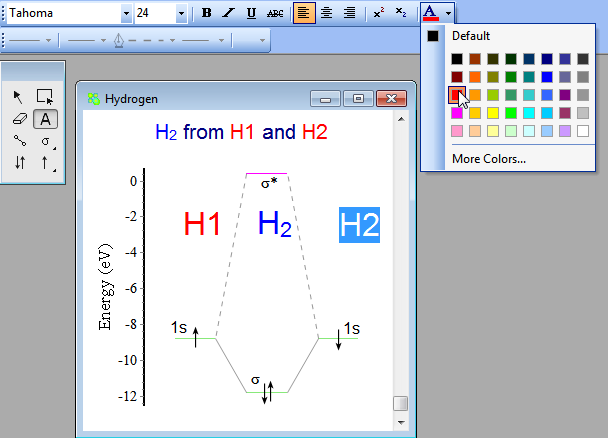

Please be noted that, this method is not suitable when using opt=modredundant keyword. If the system is time-consuming, you can use opt=cartesian, after 2 or 3 optimization steps, save the optimized structure, redo the optimization with default opt method. If the system is not very time-consuming, this keyword can be used directly until the optimization converged. Using opt=cartesian: This method solves the problem completely in principle, but opt=cartesian increases the number of steps needed to optimize to the corresponding minima in most cases. The internal coordinates have inherent limitations, and this problem may occur when several atoms line up exactly during the optimization process. Online, you can visit the Gaussian -1 NTRed= 798 NAtoms= 66 NSkip= 606 IsLin=F Using Gaussian and GaussViewĮxperienced users can find all related Gaussian files at /usr/local/apps/gaussian-09/bin/ and /usr/local/apps/gaussian-16.A.03/bin/. Consult the Submitting your Batch Job page for details. Longer running jobs should be submitted to the batch system. The value of nproc should match the value given to the -pe omp flag. Here is modified input file that sets the nproc keyword to 4, and here is the corresponding shell script that set’s the parallel environment to omp, for shared memory execution, and 4 cores. If you want to run Gaussian in parallel, you will need to modify your shell script and your Gaussian input file. This script will properly set up Gaussian to use the local scratch space of the machine it is running on. Here is a sample execution script for your reference. Once all input and resource specifications are prepared, Gaussian may be run interactively using one of two command styles: scc1% g09 job-nameĪn easier way to run Gaussian is through a shell script. 1H NMR were calculated using optimized structure in Gaussian 09W using NMRGIAO key word. The NICS-XY scans were carried out using the Aroma package described by Stanger and co-workers4 at the level of theory mentioned above. Please note that there must be a newline at the end of your input file in order for it to be processed correctly. structure as input file and performed in same Gaussian 09W. Here is a sample input file for your reference. Initializing program execution, in either interactive or batch mode.Creating a Gaussian input file describing the desired calculation.While GaussView can be easily started on the command line, Gaussian requires the following: This will run the Gaussian 16 version if you have loaded the module above. GaussView is also available and the command to run it is gv. To run Gaussian 16, you need to also load the module for it by running module load gaussian/16.A.03 and then you can run g16. Once you have been approved to run Gaussian, the command to run Gaussian 09 is g09 on scc1.bu.edu. Wait a few hours after you submit the application to check this, however.

You can tell if you have been approved to use Gaussian now or in the past by running the command groups and seeing if gaussian is listed. An application for getting access to Gaussian must be submitted and approved before one can start using the product this requires logging in with your BU login ID and Kerberos password.

Both versions are only available to Boston University faculty, students and staff. Gaussian 09 and Gaussian 16 are available on the Shared Computing Cluster (SCC). Highlights: Powerful computational chemistry package. GaussView is a graphical user interface designed to be used with Gaussian to make calculations easier, quicker and more efficient. It can predict properties of molecules and reactions including: molecular energies and structures, energies and structures of transition states, vibrational frequencies, IR and Raman spectra, thermochemical properties, bond and reaction energies, reaction pathways, molecular orbitals, atomic charges, multipole moments, NMR shielding and magnetic susceptibilities, vibrational circular dichroism intensities, electron affinities and ionization potentials, polarizabilities and hyperpolarizabilities, and electrostatic potentials and electron densities. Gaussian is a general purpose electronic structure package for use in computational chemistry.


 0 kommentar(er)
0 kommentar(er)
